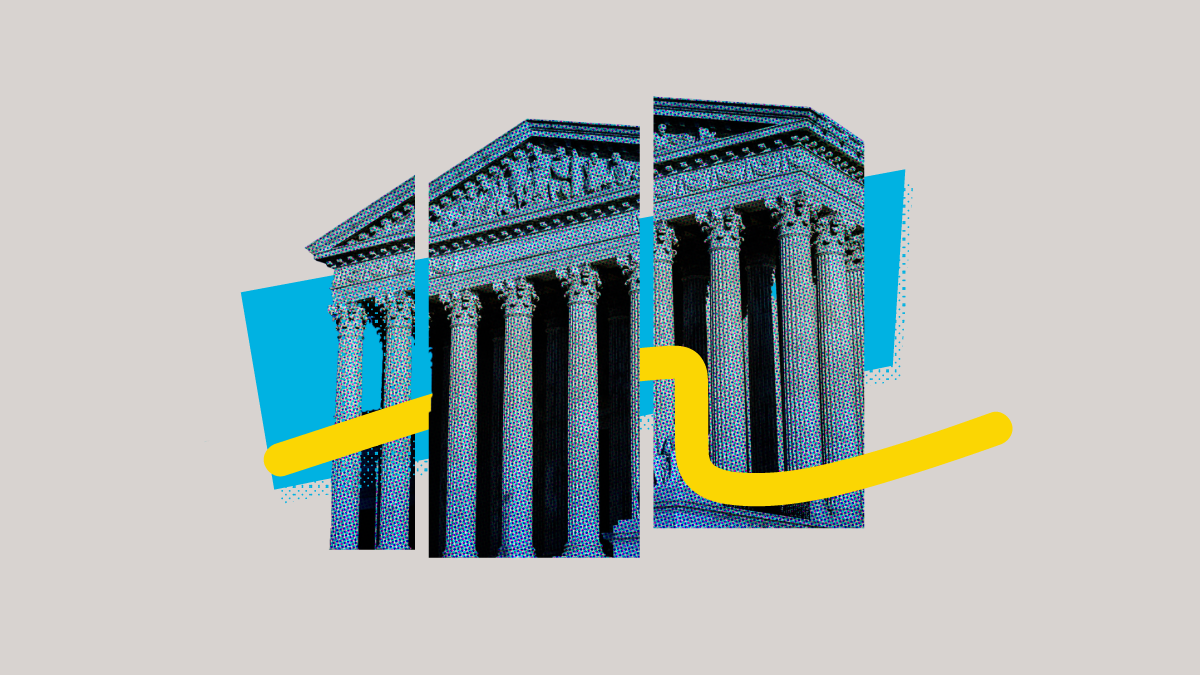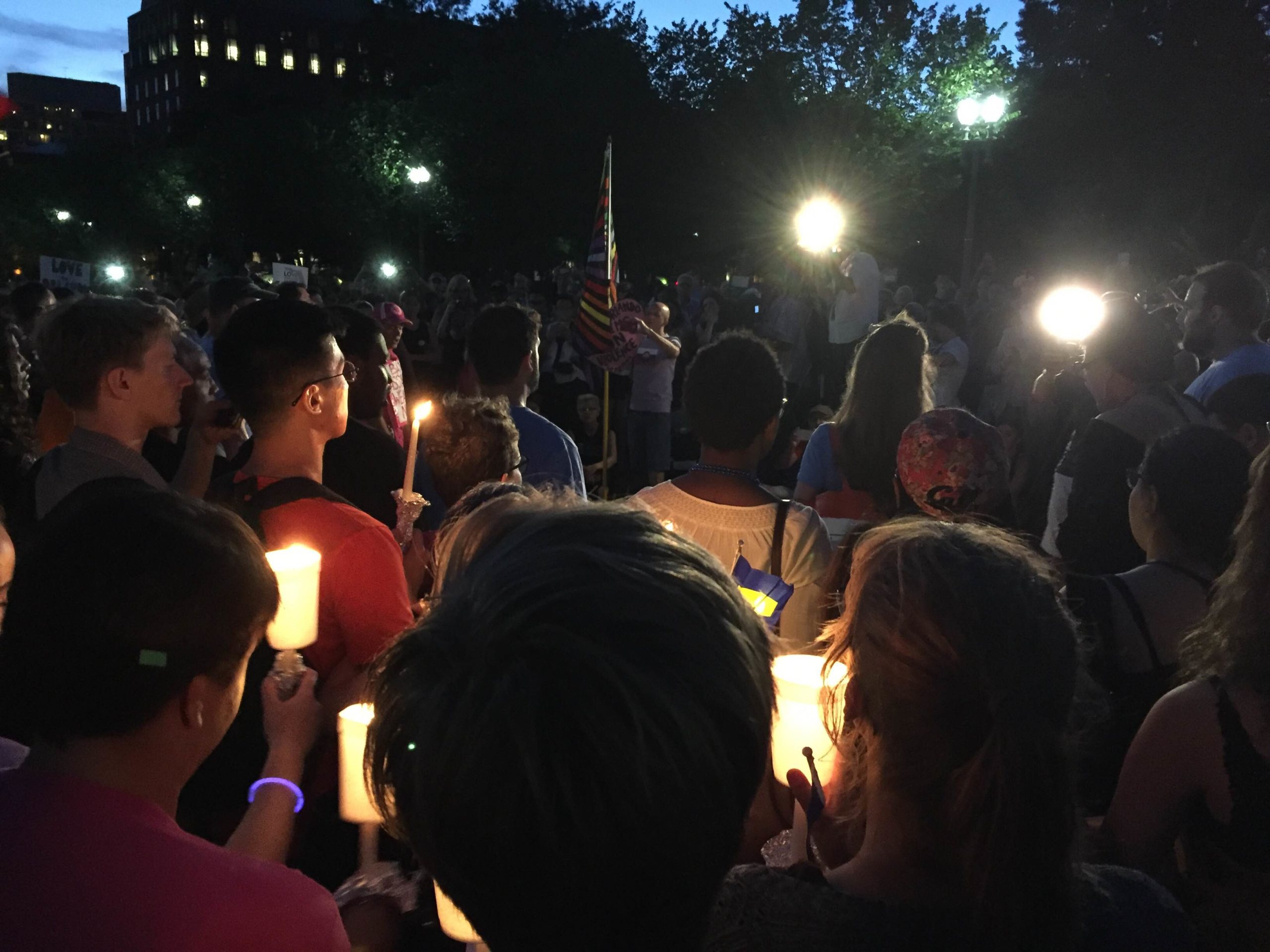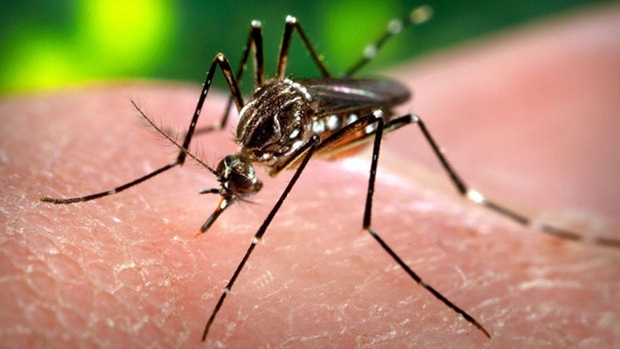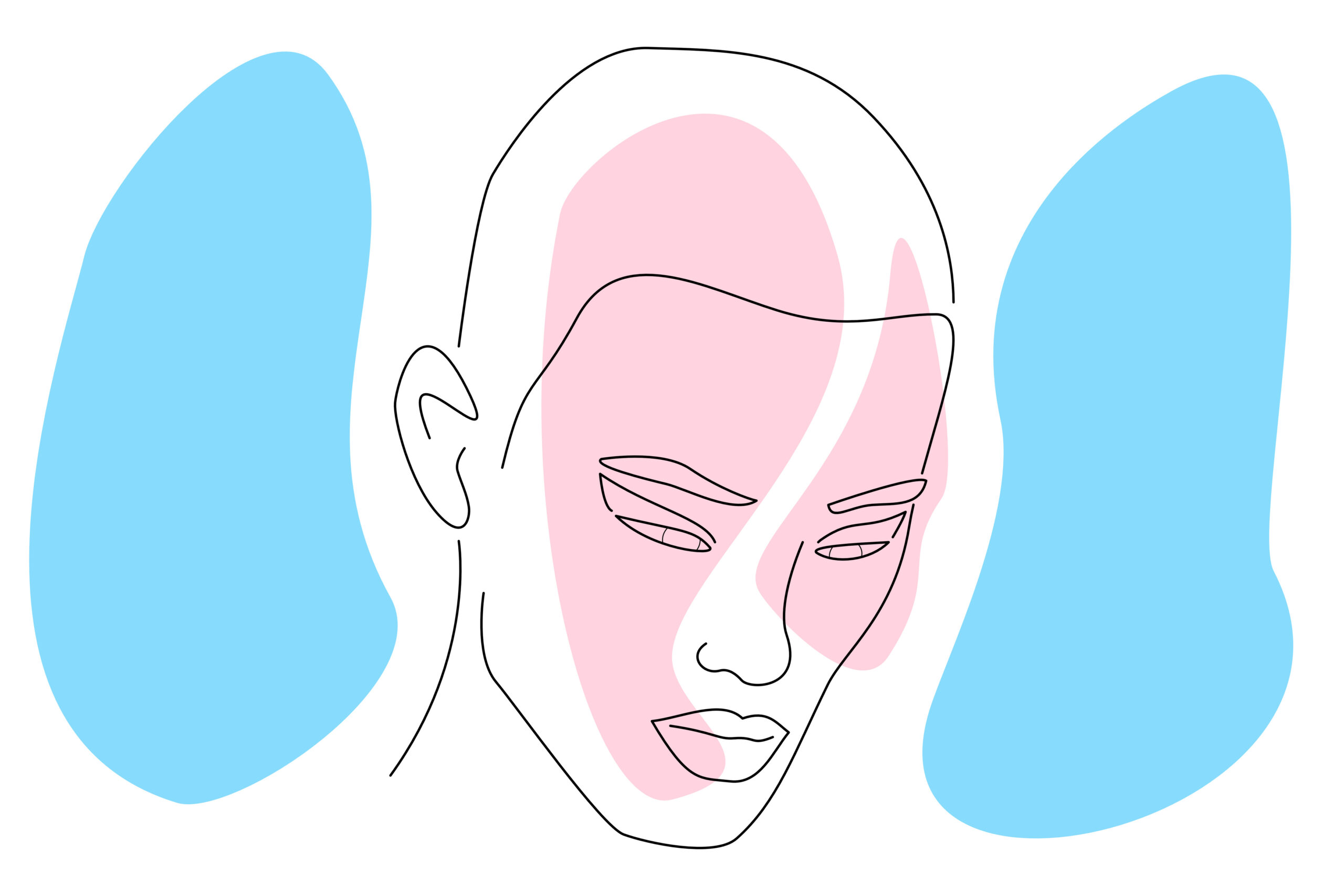Abortion rights, women of color, and LGBTQIA+ people are under attack. Pledge to join us in fighting for gender justice.
SCOTUS Decisions Shape Young People’s Lives. Let’s Shape What Comes Next.

“They just overturned Roe.”
I remember the shocked look on my best friend’s face, just weeks after we had graduated high school. One minute my friends and I were sitting on the beach, discussing our freshman dorm decor, and the next, we learned one of our most fundamental rights had been stripped away. Some of us cried. Some called our moms. Others sat in stunned silence.
The news felt surreal and unprecedented. Though I had heard murmurings on the news and social media of these rights hanging in the balance, I never imagined that such an oppressive ruling would come to pass.
That moment made something clear to my 18-year-old self: at any moment, especially when we aren’t paying attention, the Supreme Court can make decisions that change everything.
For many young people, the Supreme Court feels far away: intellectually, politically, and emotionally. Its decisions are packed with legal jargon, justices are appointed for life, and many don’t learn much about it beyond one civics class in high school. The past few years, however, have emphasized that Supreme Court rulings touch nearly every part of our lives.
In Dobbs v. Jackson Women’s Health Organization (2022), the Court lawlessly stripped Americans of constitutional protections for abortion that had been established in Roe v. Wade (1973). Since then, twelve states have banned nearly all abortions and more than half of states are now considered restrictive.
Young people are disproportionately impacted by these bans, as they often lack the resources or flexibility to travel across state lines and receive care. The Dobbs decision caused a ripple effect of reproductive restrictions, forcing over 18.4 million women of reproductive age to live in abortion care deserts.
In addition, the so-called “Big Beautiful Bill” Act threatened to strip millions more people of insurance coverage for abortion care. While that provision was ultimately dropped, the final bill did include a provision that would “defund” Planned Parenthood. Not only would this restrict access to contraceptives, STI testing and treatment, cancer screening, and more, but it threatens to shutter one in four abortion providers nationwide. Dobbs created a reality where health care access depends on zip codes, restricting young people’s ability to plan for the future.
Almost exactly a year later, the Supreme Court issued another decision that shaped the lives of youth, this time limiting access to educational opportunity. In Students for Fair Admissions v. Harvard (2023), the Supreme Court ruled that Harvard and the University of North Carolina (UNC) violated the constitution in the way they considered race in their admissions policies. This decision distinctly limits institutions of higher education from considering race as a factor when selecting students for admission. Its chilling effect has made universities hesitant to consider race, even where gaps in access to racial equity and opportunity exist.
While enrollment demographics post-SFFA have been mixed, both Harvard and UNC saw notable declines in the number of Black and Latinx students admitted. At UNC, the percentage of Black admitted students dropped by 11% in the first admissions cycle following the decision. They aren’t alone—Yale reported a drop in the share of Asian students enrolling as well, but their proportion of Black students admitted remained the same.
Though universities can no longer consider race in admissions decisions, many still attempt to pursue diversity through other means. Even so, the ruling sent a powerful message about whose identities and experiences are prioritized (and whose are overlooked) in academic spaces. And in another case, Mahmoud v. Taylor, the Supreme Court’s ruling may also limit students’ exposure to diverse identities and reinforce the same stigmas that educators are working to eliminate.
More recently, in United States v. Skrmetti (2025), the Supreme Court upheld Tennessee’s ban on gender-affirming care for transgender young people. The ruling allows Tennessee to deny trans youth access to life-saving medical interventions like hormone therapy or puberty blockers. As of June 2025, 27 states have enacted similar gender-affirming care bans for trans youth.
It’s important to note that the Supreme Court was wrong on the law here: Banning health care for trans people is textbook sex discrimination. No matter what the Supreme Court claimed, the evidence is clear that gender-affirming care is safe, effective, and even life-saving for many young trans people.
These aren’t just headlines. Supreme Court cases impact whether we can access the care we need, have safe and inclusive learning environments, or live openly in our identities.
Organizations like the National Women’s Law Center – where I’m currently interning – help connect the dots between these complex legal decisions, the policies that surround them, and their real-world impact on young people. They’ve submitted amicus briefs, filed federal complaints, and explained what’s at stake in cases like Dobbs and Skrmetti.
Everyone can participate in the movement to protect and expand our rights. The law isn’t just something that happens to us. We must engage with it and push to make it better.
But, where to begin?
First, stay informed. You don’t need a law degree, just follow groups on social media that break down these decisions in ways that make sense. Talk to friends. Start clubs at your school or in your community. Subscribe to a local newsletter or media outlet to stay up to date. Show up to local government meetings, which is where a lot of the issues that affect us the most play out. Vote in every election, big and small. Join efforts to organize around issues you care about.
The Supreme Court might feel far away, but its decisions are shaping our present and future. The more we understand that, the better prepared we’ll be to hold its power accountable, and push for a future that we believe in.




